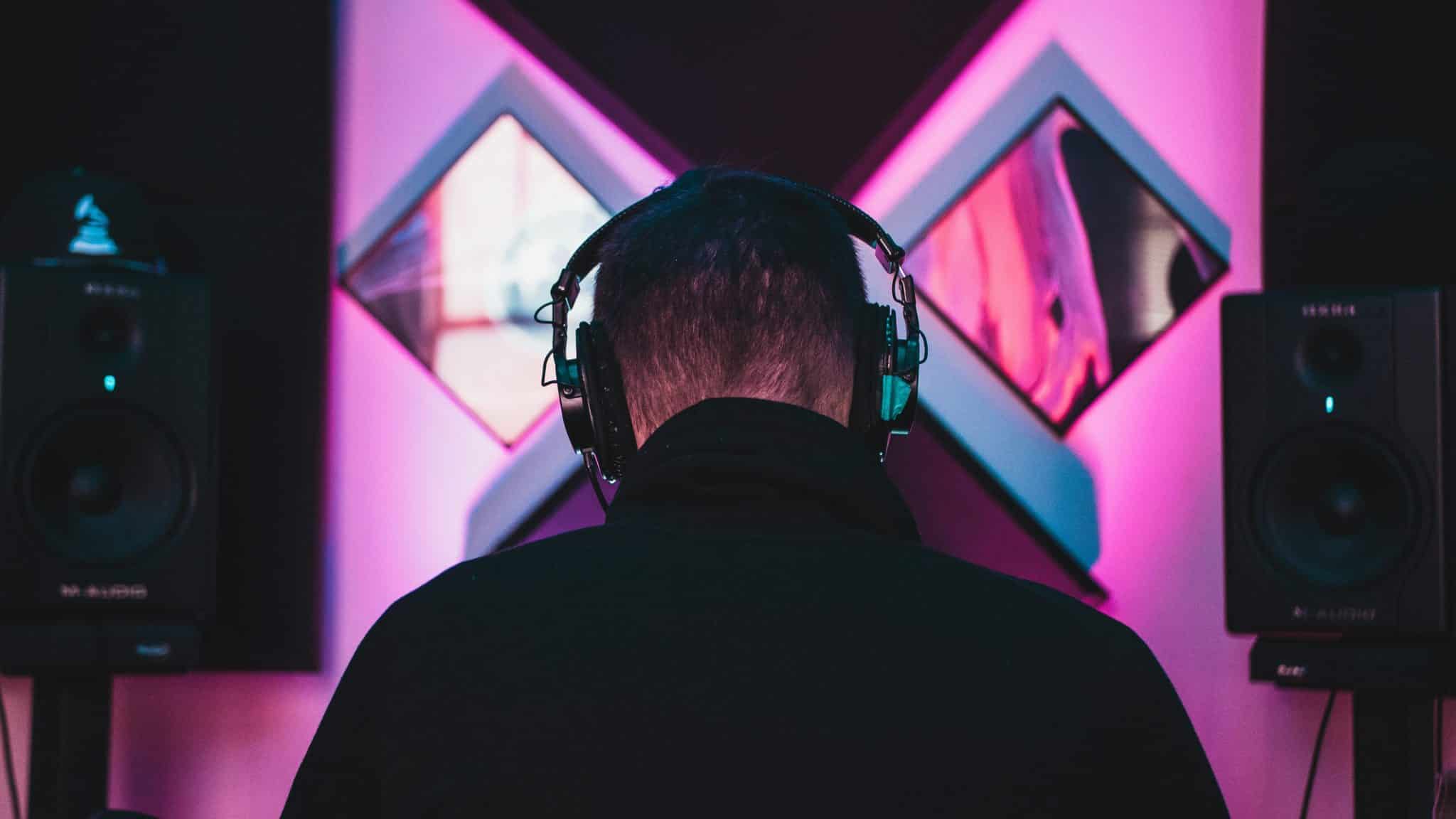Movement, Music, and Messaging

Engaging Video Content: The Ultimate Goal
You have a video project. Your goal is to make it engaging. There’s no sense in wasting your time or anyone else’s if it’s not.
The True Cost of Engagement: Time and Resources
Whether in the time and resources to create the project or in the time an intended audience member spends on consuming it (or alternatively clicking off it in exasperated boredom), let’s not waste time.
And certainly not money.
Music and Emotionality: The Heart of Video Engagement
Every project is different, so this advice applies only to a percentage of your projects, but… I’ll supply disclaimers in a moment.
Music is disproportionately important in creating videos.
The right music track, and you’ve established a full 50% of the desired emotionality to positively promote your company, product, etc.
The Power of Movement in Video
But I thought we were talking about movement.
We are, but music is a good reference because movement in a video piece operates in a way that is similar to music.
Cinematic Movement: From Architecture to Sculpture
Someone said, “Music is liquid architecture; architecture is frozen music.” (Alright, it was Goethe—call me nerd, but we all have Google.) This is a similar concept.
When you can move a camera in a shot, you have the ability to create beauty and three-dimensionality that are not there otherwise.
A subject becomes a sculpture and not merely a painting. Becomes fuller and more present.
Intentionality and Emotion: The Character of the Camera
But more than that, you can imbue the camera with intention.
It becomes a kind of spirit, personality, or character all of its own. It’s a way of the creator of the video saying, “This is a special moment; pay attention to this.”
Connection and Emotion: Engaging on a Deeper Level
Without, of course, saying it. After all, people prefer to come to their own conclusions.
In short, it is a great way to introduce emotion to a shot. To connect people to what you are saying on a deeper level.
The Right Use of Camera Movement
It can’t be used arbitrarily. In some cases, it shouldn’t be used at all.
Contrast and Emphasis: When to Move the Camera
In cinema, for instance, it might be used sparingly, as in “Okay, the camera is now moving. This is a special moment in contrast to the more subtle building moments.”
Comedy and Camera Movement: A Delicate Balance
Or in comedy, whether in commercials or films, it may have less value as it could sometimes distract.
And if someone is legitimately being funny, you absolutely want to pay attention only to that rather than be peripherally concerned with something that is changing visually.
Visual Dynamics: When Movement Enhances the Message
However, if you are making a visually dynamic commercial, a corporate video, or most things, ideally, you want movement.
Movement and good music.
Overwhelm vs. Distraction: The Goal of Commercial Video
Here, you worry less about distraction. It’s not an issue. Here, the goal is to overwhelm. Here you want enhancement because, let’s face it, for better or worse, most people respond to how a message is delivered rather than, often, what that message is.
Strategic Pauses: The Importance of Camera Stillness
Emphasis should occur when the camera “stops” moving. Like, “Hey, stop a sec. I need to tell you something important.”
Planning and Execution: The Investment of Time
It takes more time on set.
More planning.
Hence, sometimes there are more resources. It has to be done intelligently.
Emotional Impact: The Value Comparable to Music
But it is of disproportionate value to “emotionalize” your message. Approaching, I would say, even the value of music.
Emotionalizing your message is often more important than the message itself.
Share:
Search our blog:
Follow us on:
